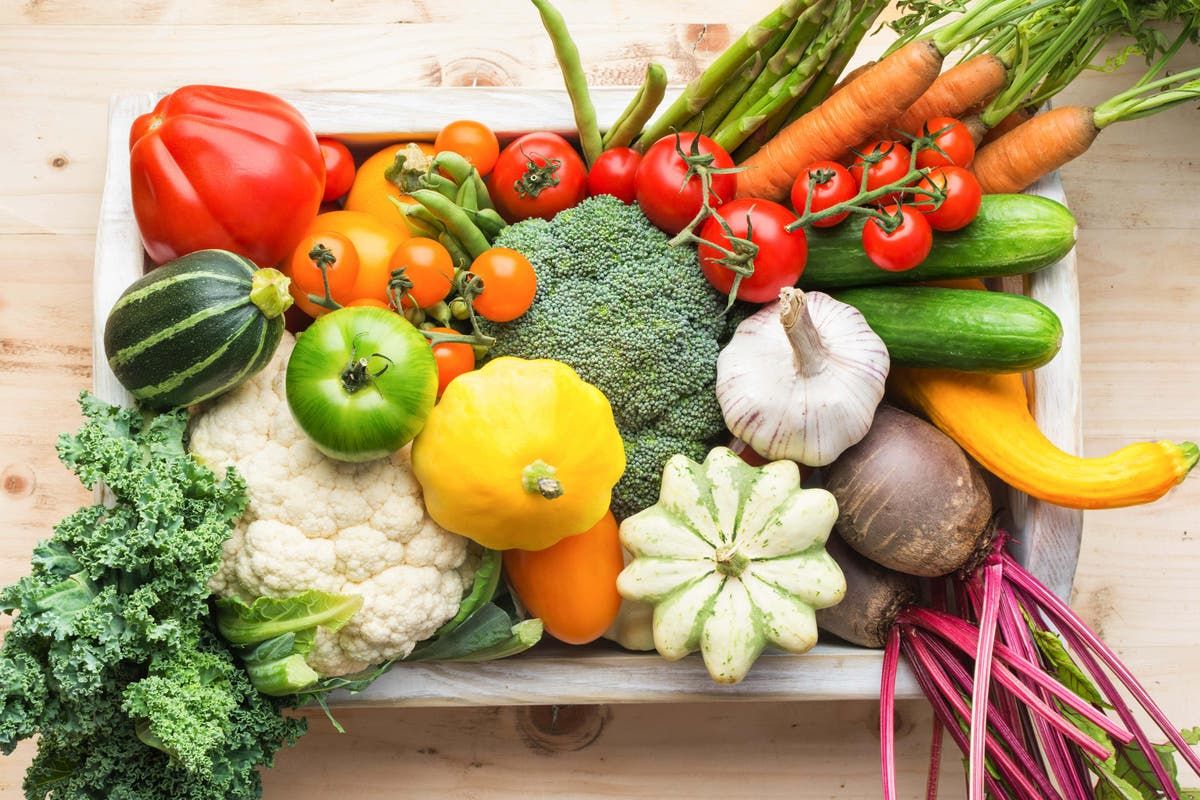Although most parents know that eating vegetables is great for their children, many still don't do much for them, for two very good reasons.
Children often don't like vegetables and many parents think they are too expensive.
In fact, research carried out by the British Nutrition Foundation (BNF) for Healthy Eating Week (June 10-14) found that 45% of parents believe that making healthy foods more expensive that unhealthy foods makes it more difficult to give their children healthy meals, although more than half (56%) said that discounts on healthier foods would encourage them to provide a healthy diet for their children.
Additionally, many parents said that a major barrier to getting their children to eat vegetables was that children prefer processed foods (38%) and simply refuse to eat vegetables (37%).
But the BNF is encouraging parents to have a vegetarian victory with their children, aiming to serve them two types of vegetables each night at dinner time, and highlighting that while parents should encourage children to try the vegetables, they should not be discouraged if they will not eat them all.
Bridget Benelam, BNF Nutrition Communications Manager, notes that the Veggie Victory page on the BNF website offers a healthy eating rewards chart to use with kids, as well as a veggies on a budget fact sheet, recipes and ideas. limited, with a list of vegetables costing less than 50p a serving on average.
And he says that although some children may initially reject certain vegetables, parents should not stop serving them, as it is sometimes necessary to offer them five to 15 times before a child will accept them.
“We all know it's important for kids to eat lots of vegetables, but it can be really difficult when you make the effort to give them a healthy dinner and the vegetables are left on the side of the plate,” says Benelam, who points out that it's important for kids to eat lots of vegetables. Parents try to keep meal times as positive and stress-free as possible, encouraging children to try vegetables and praising them, even if they only try them a little.
“Avoid scolding or punishing children for not eating vegetables,” she advises.
Benelam says another way to encourage kids to eat well is for parents to be good role models themselves, noting, “If you eat with your kids and they see you enjoying vegetables, they're more likely to enjoy them too.” try.”
But while parents may be willing to persevere with their children's vegetable intake, what if they simply can't afford to buy them?
“When budgets are tight, it's especially frustrating to waste food,” Benelam says. “The good news is that there are more affordable options when it comes to buying vegetables.”
She says packaged carrots and beets are some of the cheapest options, at around 6p and 10p a serving each, and frozen vegetables such as peas, spinach, cauliflower and broccoli can be great value at less than 15p a portion. Additionally, canned vegetables such as tomatoes, chickpeas and sweetcorn are also decent value, between 10 and 20p a portion.
But if you're looking for really cheap vegetables, there are plenty of options, promises personal finance expert Jasmine Birtles, founder of Money Magpie.
“If you know where to look, there are fruit and veg bargains everywhere,” he says, noting that Lidl offers a fruit and veg box containing around 5kg of good produce that will keep the family alive for a few days. just £1.50, and Morrisons has an oddly shaped veg section that costs a little less than the 'normal' shaped items, but tastes just as good.
She says: “I'm a big fan of 'freeganism', where you get to know when shopkeepers put good food in bins outside the shop at the end of the day and you go in and pick it up yourself. “Most supermarkets don't allow it, but some independent stores are quite reluctant to let people take things out of the trash and even leave them on the sidewalk so people can easily access them.”
However, Birtles says a much more organized way to get free food is through your local “pantry.” She says: “Most UK towns have a pantry where local shopkeepers and restaurants drop off food they can't sell so locals can pick it up.”
She says families can try searching Facebook to find out where their local pantry is, and there's also the charity UK Harvest, which has food hubs across the country where they distribute surplus food, and apps like Olio, where neighbors and local businesses give away spare food, and Too Good to Go, where you can get cheap food at the end of the day in cafes and supermarkets.
“Finally, of course, if you have a garden, it really pays to grow your own,” suggests Birtles. “It may cost in terms of seeds and fertilizer, but it is a great way to get very good-tasting, nutritious fruits and vegetables. Even if you don't have a garden, you can grow them in pots at home and on the windowsill.”












